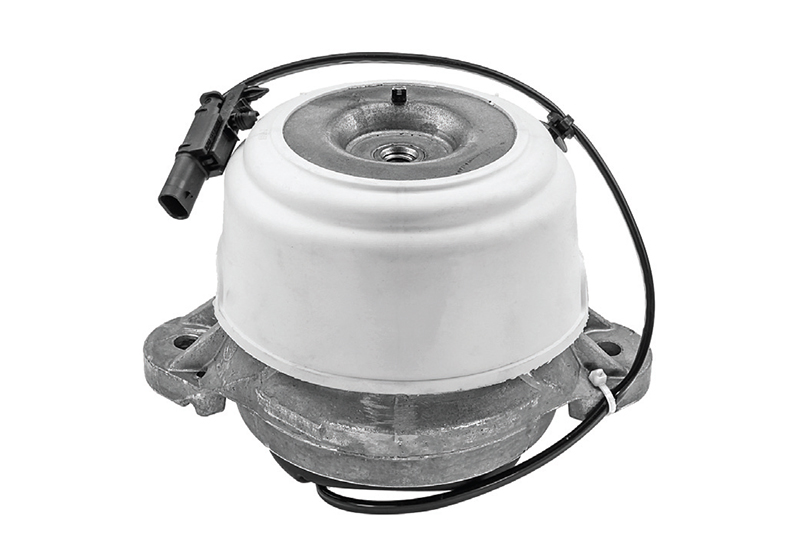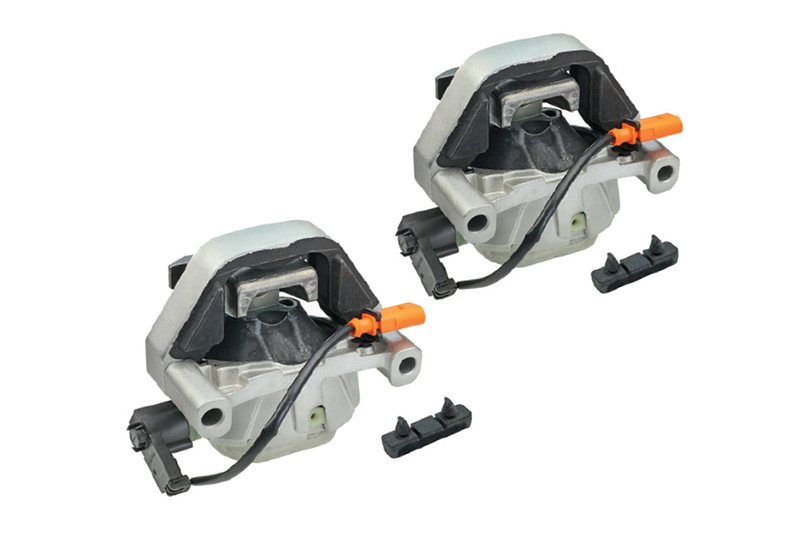
Michael Grimm, product manager of drive and power train at Meyle, gives his insights on why vibration damping is so important.
Vibration damping is critical for cars because it isolates noise and vibration from passengers and drivers. Overall, it restores driving performance as well as comfort and recreates the feel of driving a new car. Excessive vibrations of the engine and the road can even produce a leakage. Vibration damping is therefore important to lessen the transfer of vibrations through the chassis and into the steering and suspension systems, which can ultimately help to improve the vehicle’s overall handling, stability and increase its service life.
Controlled material quality
Since the materials used can have a major impact on the damping’s efficacy, high- quality materials must be utilised for vibration damping in automobiles. Poor- quality materials could make the damping components loose, requiring a steering correction. Moreover, ruptures or leaks in the damping material might lessen the material’s effectiveness, let vibrations through and ultimately lower the performance.
Potentially, premium materials can offer durable and efficient vibration damping, leading to a more comfortable ride and a longer vehicle lifespan. One example of a product when it comes to vibration damping would be Meyle’s original-hydro engine mount which is engineered for any type of transmission and useful for any combustion engine.
The company has an extensive range of engine mounts of solid rubber, hydraulic and even pneumatic switchable engine mounts. In fact, it is one of the first in the aftermarket that also offers switchable engine mounts for all common car brands. Its NVH (noise, vibration and harshness) range covers 80 percent of the EU registered car parc. In order to ensure a long lifetime for its engine mounts despite the large static, dynamic and thermal loads, the company has used quality materials for the parts which are selected specifically for the vehicle and are subject to strict quality control from development to the finished product.

Common faults
Oftentimes workshops don’t change the material in time. The durability length is often underestimated despite high quality materials. The items are subject to natural wear and need to be frequently inspected and maintained to make sure they are in good shape and that they are working correctly. It is recommended to replace the vibration damping parts after between 80 and 100,000 km and after five years at the latest.
Our engineers advise workshops to replace the hydro engine mount in order to restore the original driving comfort.
Installation problems at the workshop and premature failure could be prevented. Often, insufficient production processes in low quality copies are the reason.
However, inadequate installation can also result in malfunctions or even the complete failure of the damping components despite good quality materials. That’s why the company goes one step further and offers different smart solution kits for different engine fastening types that aim to make a car mechanic’s life easier in the workshop. Changing the hydro engine mount, for instance, is facilitated by offering a set consisting of a left and a right hydraulic engine mount, including mounting material. Here, engineers recommend the replacement of both sides for full function and durability.









